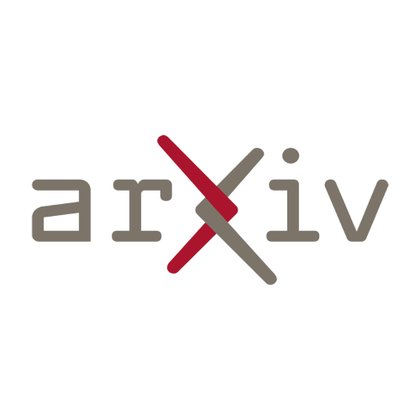
Jensen Gao
@jensen_gao
Followers
145
Following
10
Media
12
Statuses
17
CS PhD Student @StanfordAILab | Previously BS/MS @Berkeley_EECS
Stanford, CA
Joined April 2022
RT @_abraranwar: Are current eval/deployment practices enough for today’s robot policies?. Announcing the Eval&Deploy workshop at CoRL 202….
0
13
0
Robotic tasks can vary in many ways, and handling them all can be challenging. Recent works (e.g., OXE: have scaled robot datasets to cover a diverse variety of environmental factors, such as those studied in the COLOSSEUM: (2/8).
robotics-transformer-x.github.io
Project page for Open X-Embodiment: Robotic Learning Datasets and RT-X Models
1
0
5
Thanks to amazing collaborators: @bidiptas13 @xf1280 @xiao_ted @jiajunwu_cs @brian_ichter @Majumdar_Ani @DorsaSadigh.Paper: Website: Talk:
drive.google.com
0
1
8






